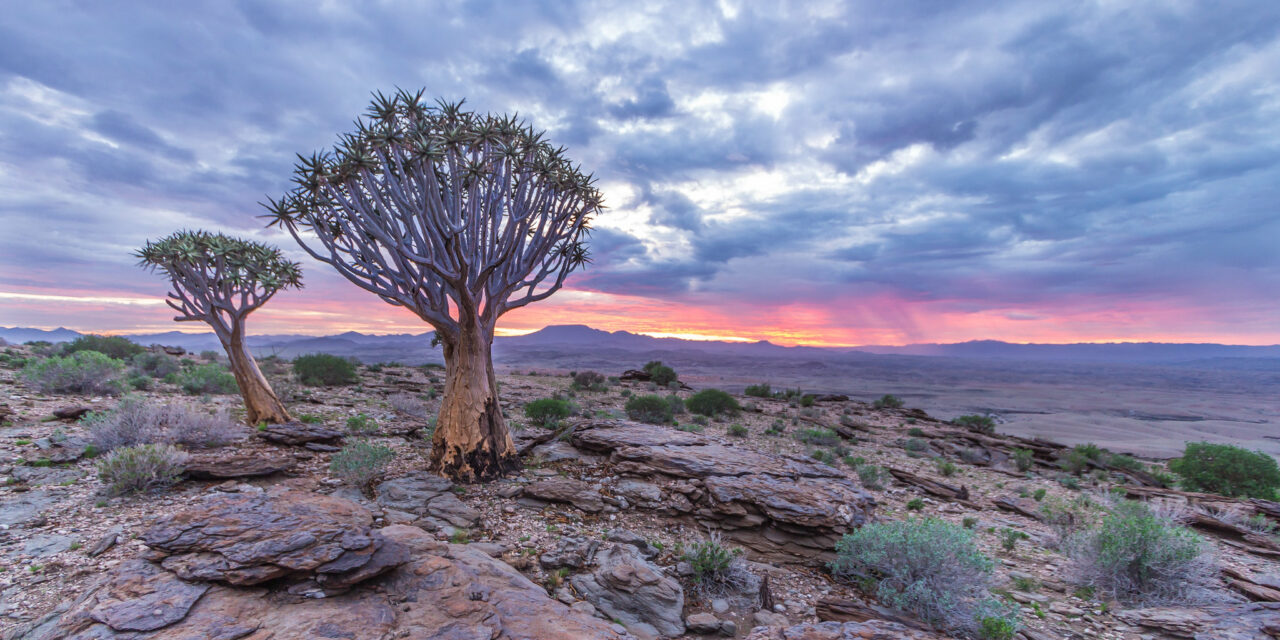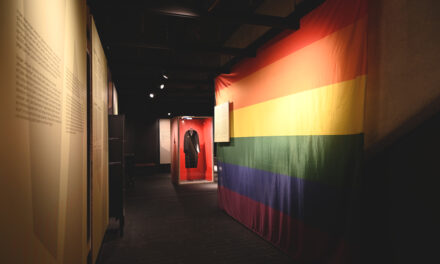Much has been said about queer representation in Hollywood. If you are like me, then you too know the short list of queer characters, and the much longer list of blink-and-you-miss-it moments, blown-out-of-proportion advertisement campaigns, and cut scenes that didn’t make it into the final version. Much less is available about queer representation outside of Hollywood.
The movies that make it to the big screen are usually from the US, sometimes the UK, and more rarely from the rest of the world. Discussions on the internet are more often than not in English, so it goes without saying that people would prioritize English productions, but at what cost? Countries like tiny Luxembourg, have recently invested heavily in the film industry yielding promising results, and giving voice to talented artists and directors who, in turn, delivered remarkable films.
Queer themes are also flourishing all over the world, giving us stories and insights that Hollywood is unable to catch up with, as it remains primarily focused on mainstream narratives and often overlooks the diverse range of voices and perspectives found in non-American cinema. Why, then, should viewers watch non-American movies?
Let’s start with the booming Asian market, better known as BL (Boys Love – Editor’s note). Taiwan, Korea, Japan, Thailand, and the Philippines all have discovered that queer stories are a good sell. What started out as mostly love stories between gay men has developed into a big industry that features stories from the entire queer umbrella in a large variety of genres ranging from high school romance, to detective stories and science fiction and fantasy. Even China’s tentative approach in this field has gotten some positive reviews, albeit the Chinese government’s conservatism in matters of sexuality, resulting in rejection or censorship of LGBTIQ+ stories on the screen. In the early 2020s, and for some reason, the best fantasy shows featuring gay people with swords that I know of came out of China. I’m still not sure if this is my own perception or an actual global film industry crisis.
India has also produced some absolutely amazing queer dramas, which should not come as a surprise, given that the Indian film industry has ranked first in the world in terms of annual film output. The ones I have seen were all so beautifully real and human while also being genuinely fun to watch. Badhaai Do (2022) is, perhaps, one of my favorite queer movies, while Margarita With a Straw (2014) deals with the sexuality of a disabled girl, a theme rarely dealt with anywhere else.
Homosexuality is still illegal in many African countries, making queer movies less common there. However, the ones that have emerged are truly amazing and brave. For example, Kenyan director Wanuri Kahiu’s independent film Rafiki (2019) has garnered global attention. The movie, which depicts a heartwarming love story between two young women from different political backgrounds, sparked a national debate. Despite facing opposition, Wanuri Kahiu and her team stood up for their right to free speech, leading to a temporary lift on the ban by a judge in Nairobi. Another noteworthy film is Valley Of A Thousand Hills (2022), a poignant portrayal of a tragic lesbian love story from South Africa. Additionally, the comedy Runs In The Family (2023) from South Africa showcases a heartwarming father-son relationship. Both of these movies can be enjoyed on Netflix.
North Africa’s own LGBT footprint was recently illustrated with The Blue Caftan (2022), from Morocco, which was screened at the LuxFilmFest last year, and I am forever grateful to have seen such a beautiful movie.
Latin America’s collection of LGBT-themed movies, dubbed New Maricón Cinema, from the early 2000 onwards, has caught everyone by surprise in its subtle depiction of Latin culture and identity. The movie that struck my attention was I Dream In Another Language (2017), from Mexico, which talks about the death of an indigenous culture due to colonialism. From Brazil, I watched Paradise Lost (2018), an absolutely stunning essay on cinematography. And there are many, many more movies on my watch list. Over the past two decades, Hollywood stopped producing mid-budget drama movies and instead focused on blockbuster action ones. Luckily for us, we still find drama in other countries, and queer inclusion in genres that Hollywood would consider “too risky” to try, like fantasy. Of course, the US, too, has produced some wonderful queer cinema, both animated and live action. But they are not the only ones out there, and we should celebrate the others as much.
Photo: Vitor Esteves





